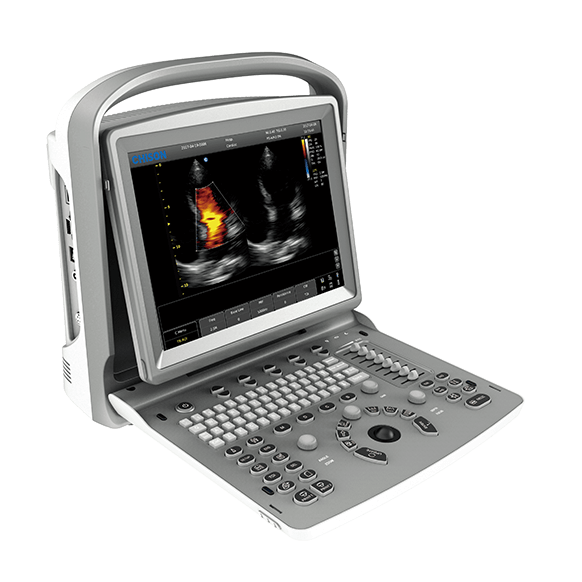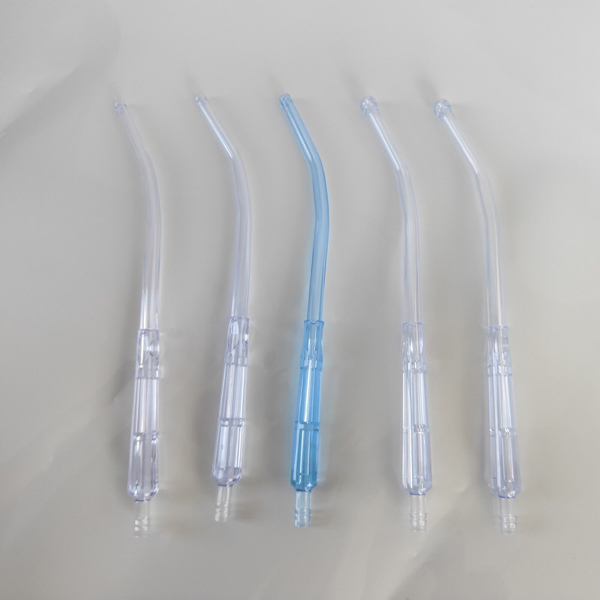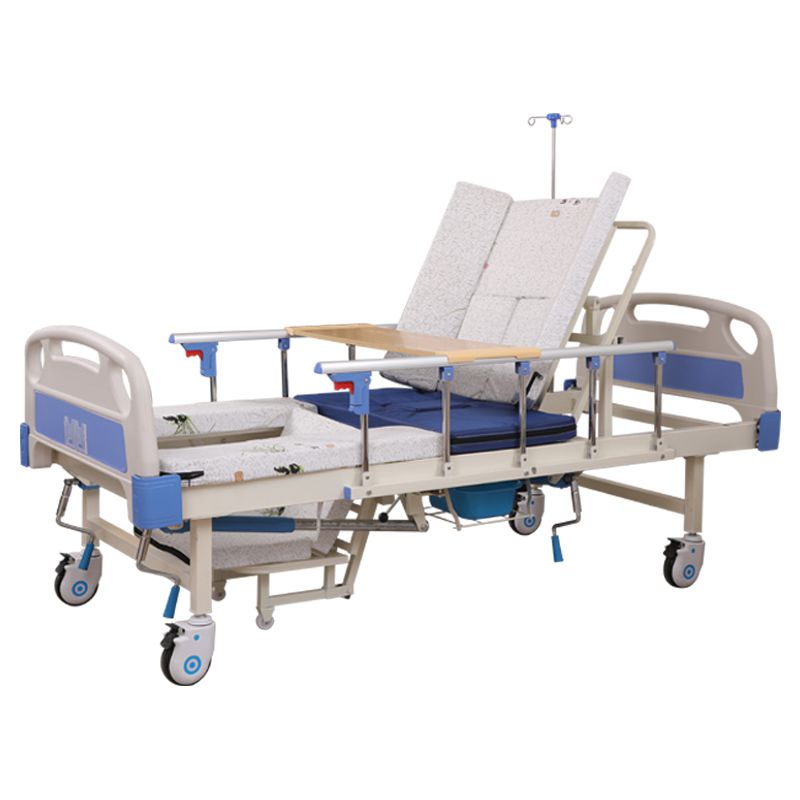Applications of Ultrasound Machines
Understanding Ultrasound Imaging
Ultrasound imaging, also known as sonography, utilizes high-frequency sound waves to create real-time images of the body's internal structures. The process involves emitting sound waves from a transducer, which are then reflected back by the body's tissues. The reflected waves are detected by the transducer and converted into visual images on a monitor, allowing healthcare professionals to visualize organs, blood flow, and other anatomical details in real-time.

Working Principles of Ultrasound Machines
Ultrasound machines consist of several key components that work together to produce accurate and detailed images. The main components include the transducer, the system console, and the display monitor.
The transducer is a handheld device that emits and receives sound waves. It is placed on the skin surface and moved over the area of interest. The transducer contains piezoelectric crystals that generate sound waves when subjected to an electric current. These crystals also act as receivers, converting the reflected sound waves into electrical signals.
The system console controls the ultrasound machine and processes the received signals. It adjusts parameters such as frequency, depth, and focus to optimize image quality. Advanced features like Doppler imaging, which assesses blood flow, and elastography, which measures tissue stiffness, may also be present in modern ultrasound machines.
The display monitor shows the real-time images generated by the ultrasound machine. It allows healthcare professionals to interpret and analyze the images, aiding in diagnosis and treatment planning.
Applications of Ultrasound Machines
Ultrasound machines find widespread use across various medical specialties due to their versatility, non-invasiveness, and real-time imaging capabilities. Some common applications include:
Obstetrics and Gynecology: Ultrasound imaging is extensively used for monitoring fetal development during pregnancy, assessing the reproductive system, and guiding procedures like amniocentesis.
Cardiology: Ultrasound machines enable detailed assessment of the heart's structure and function, helping in the diagnosis of cardiovascular conditions, such as heart defects, valve abnormalities, and heart disease.
Radiology: Ultrasound imaging complements other imaging modalities, providing valuable information about soft tissues, tumors, cysts, and guidance for biopsies.
Emergency Medicine: Ultrasound machines are invaluable in emergency settings, aiding in the rapid assessment of trauma, identifying internal bleeding, and guiding the placement of intravenous lines.
Vascular Medicine: Ultrasound machines facilitate the evaluation of blood flow and vascular abnormalities, aiding in the diagnosis of conditions like deep vein thrombosis, peripheral artery disease, and aneurysms.
Advantages of Ultrasound Imaging
Ultrasound imaging offers numerous advantages over other imaging modalities:
Additional reading:Functionality of the Knee Joint
Things You Should Know About Trocars
Choosing the Right Orthotic Knee Joint for Your Needs
Features and Components of Disposable Medical Protective Clothing
Applications of cart-based ultrasound in medical imaging
How to Choose the Perfect Type 5 and Type 6 Protective Clothing
What is the purpose of an alcohol strip test?
Safety: Ultrasound imaging is non-ionizing, meaning it does not expose patients to harmful radiation, making it safe for repeated use, including during pregnancy.
Real-time Imaging: Ultrasound provides instant, real-time imaging, allowing for dynamic assessments and precise guidance during procedures.
Portability: Modern ultrasound machines come in various sizes, including handheld and portable units, enabling point-of-care imaging and improving accessibility in diverse healthcare settings.
Cost-effectiveness: Compared to other imaging modalities, ultrasound imaging is relatively more affordable, making it accessible to a broader range of healthcare facilities.
The non-ionizing nature of ultrasound imaging makes it a safe option for patients, including pregnant women. It eliminates the risks associated with ionizing radiation, allowing for repeated examinations when necessary. Additionally, the real-time imaging capability of ultrasound provides immediate feedback, enabling healthcare professionals to make timely diagnoses and informed decisions regarding patient care.
The portability of modern ultrasound machines has further expanded their applications. Handheld and portable ultrasound allow for point-of-care imaging, making them invaluable in emergency situations, remote areas, and mobile healthcare settings. This portability enhances accessibility to ultrasound imaging, enabling healthcare professionals to provide timely and accurate assessments even in challenging environments.
Related:
Additional reading:The Evolution of Cart-Based Ultrasound: Advances and Applications
Considerations for Choosing a Prosthetic Waterproof Foot
Open Cell Polyester Foam: Versatile and Innovative Material for Various Applications
What Is the Use of Bedside Cabinets in Hospitals?
The Advantages of Ring Lock Orthotic Knee Joints
HSV Rapid Test: A Swift Approach to Herpes Detection
What is citicoline sodium used for?
179
0
0
Previous: Functionality of the Knee Joint
Next: None
Related Articles










Comments
All Comments (0)